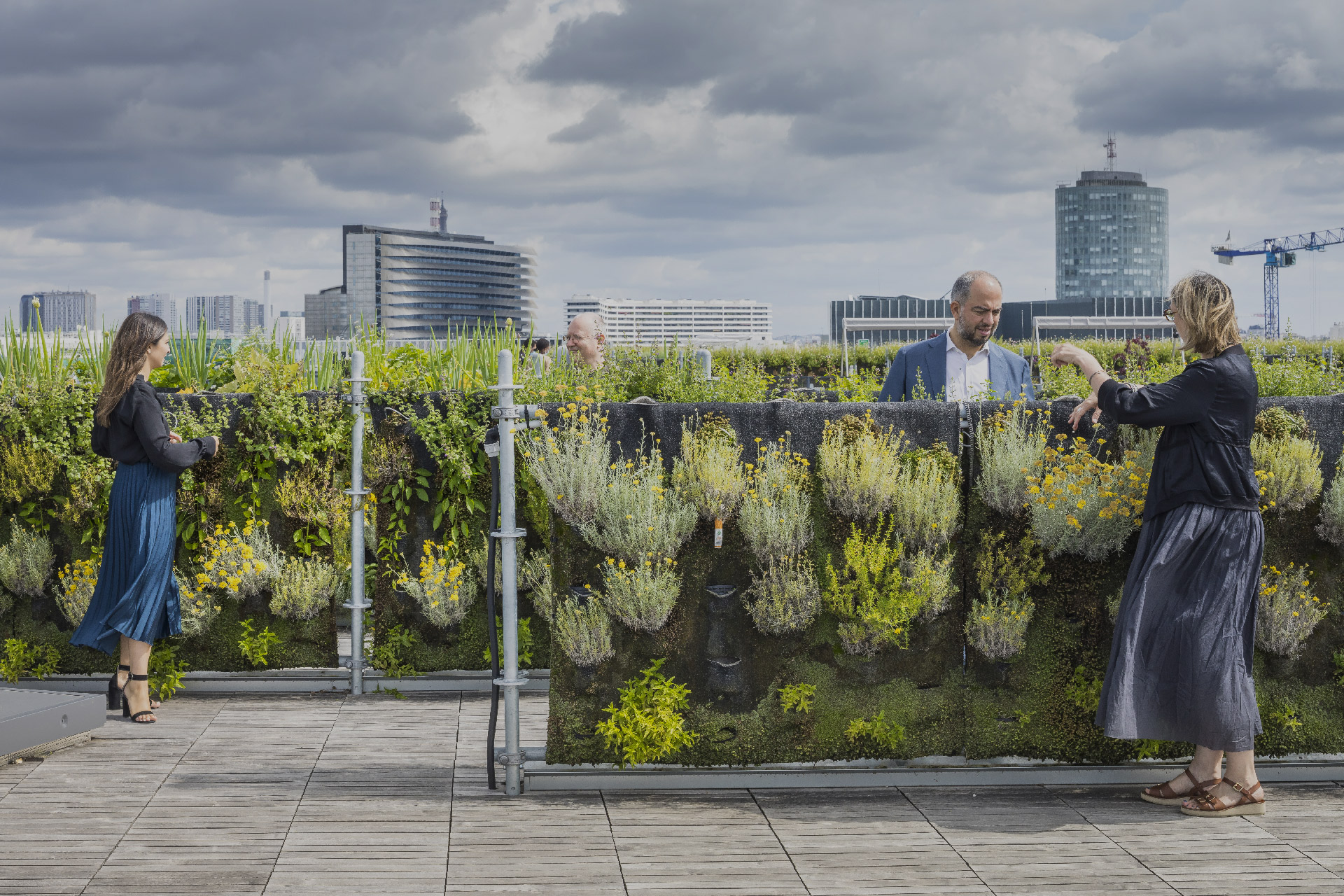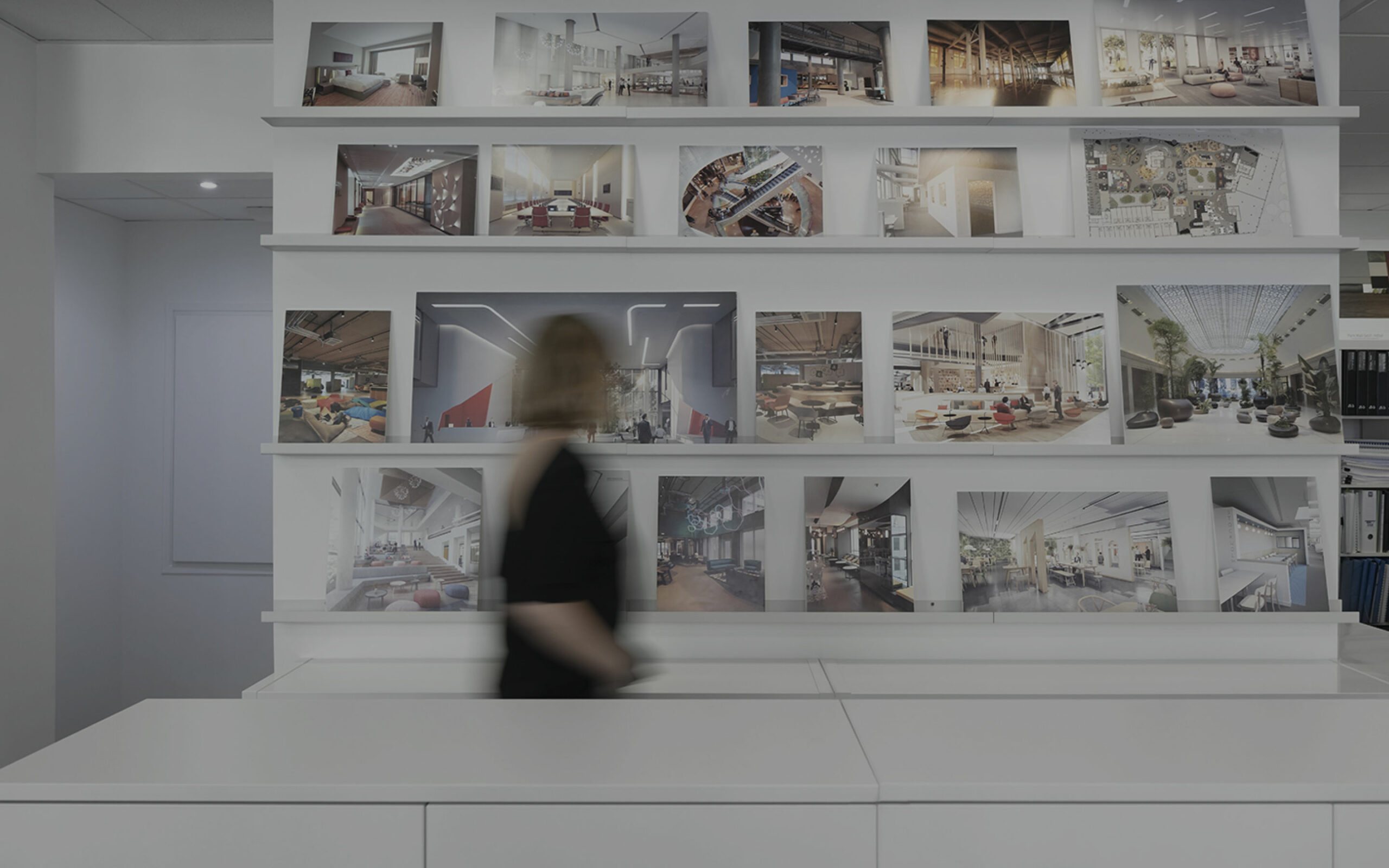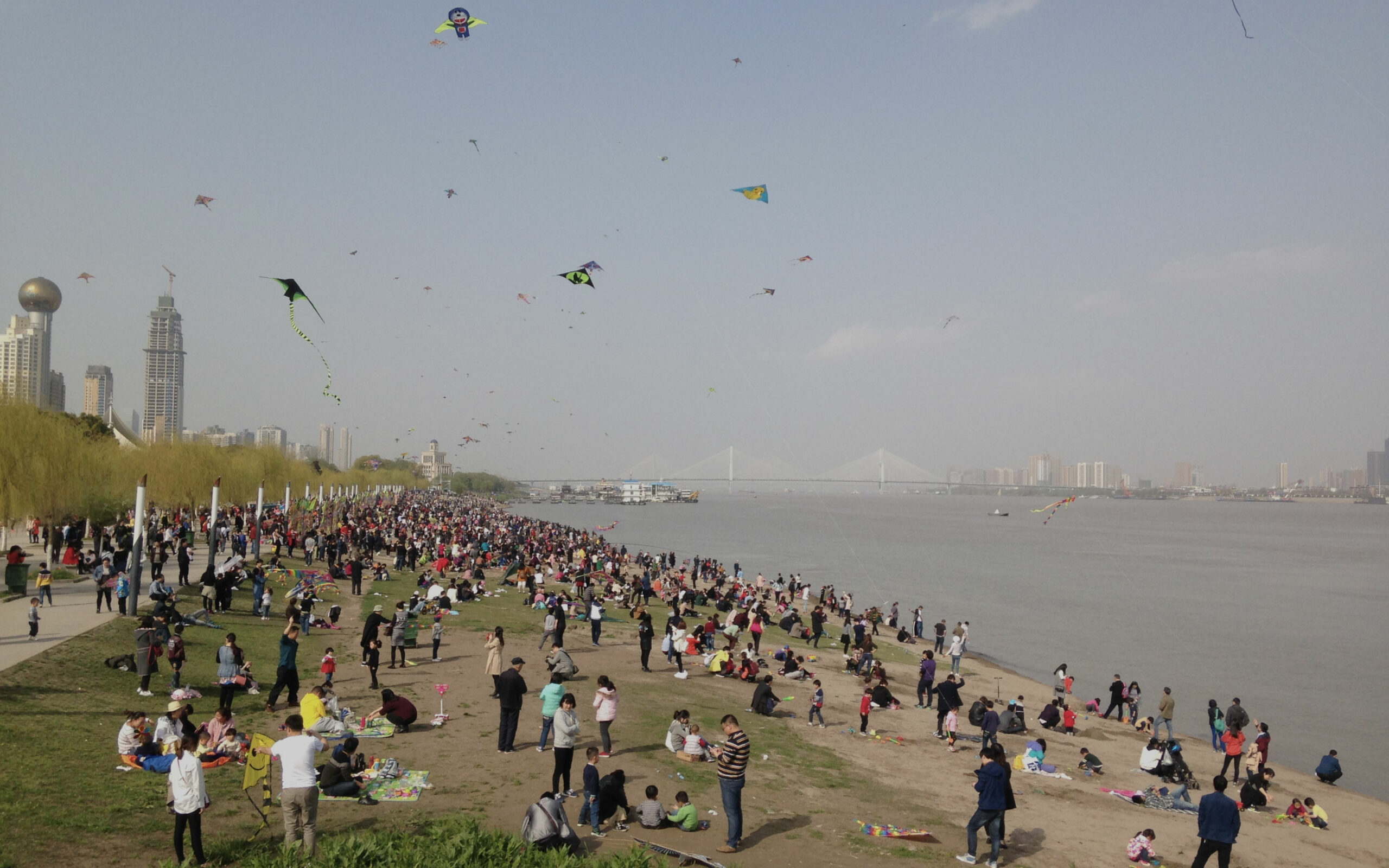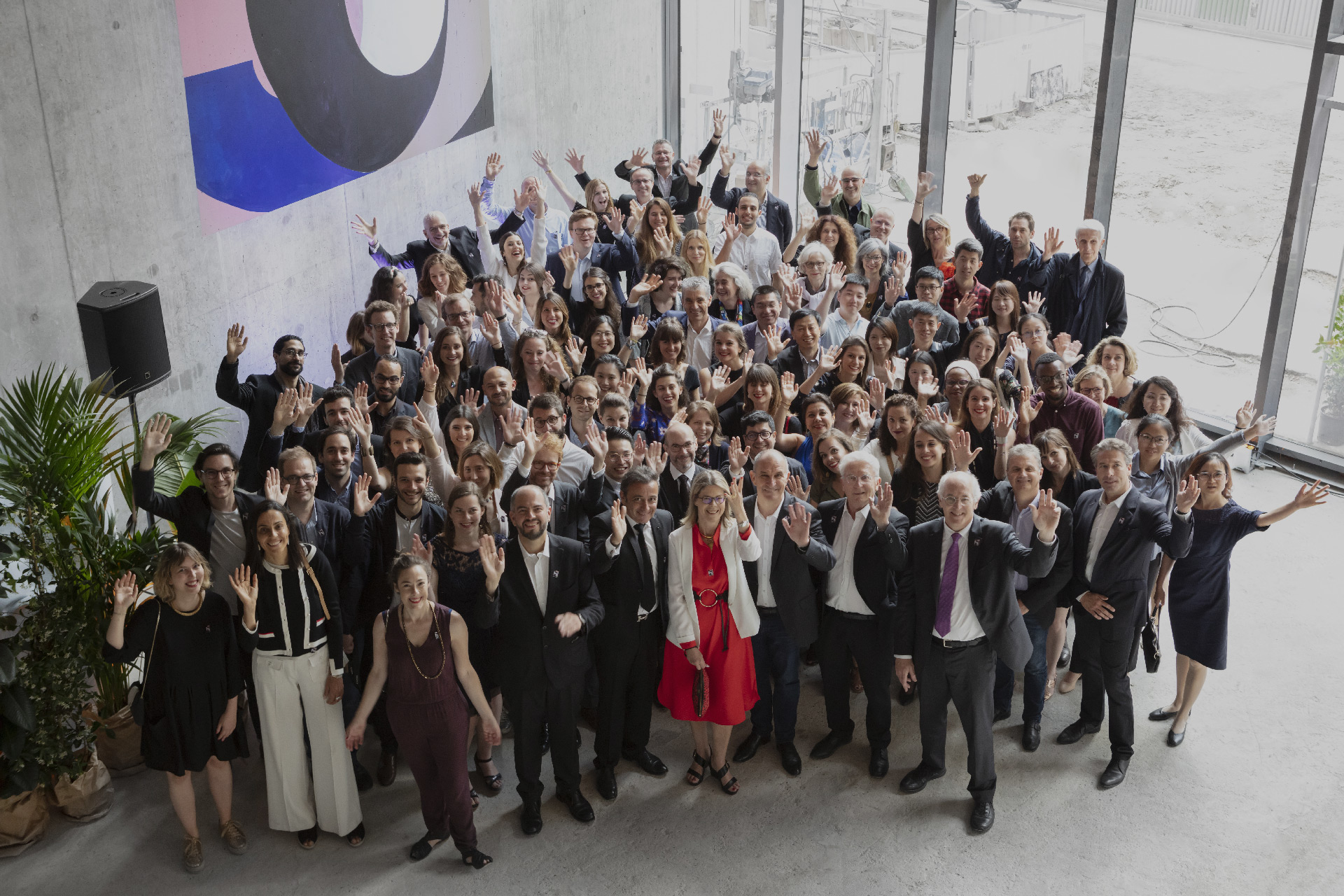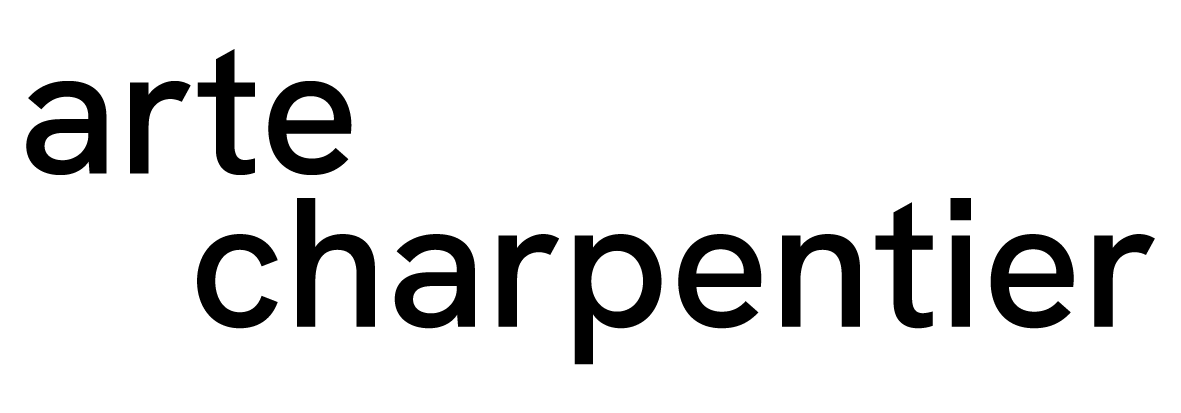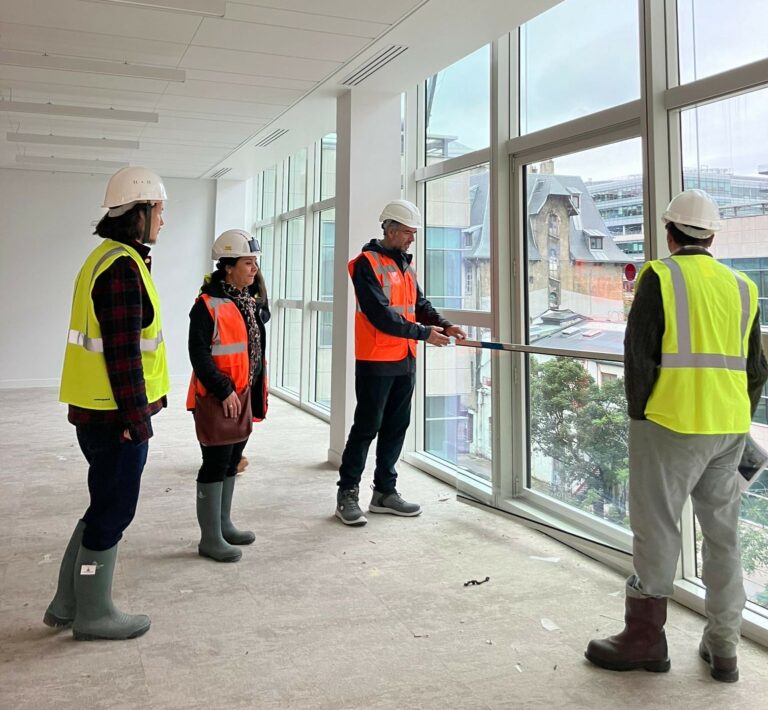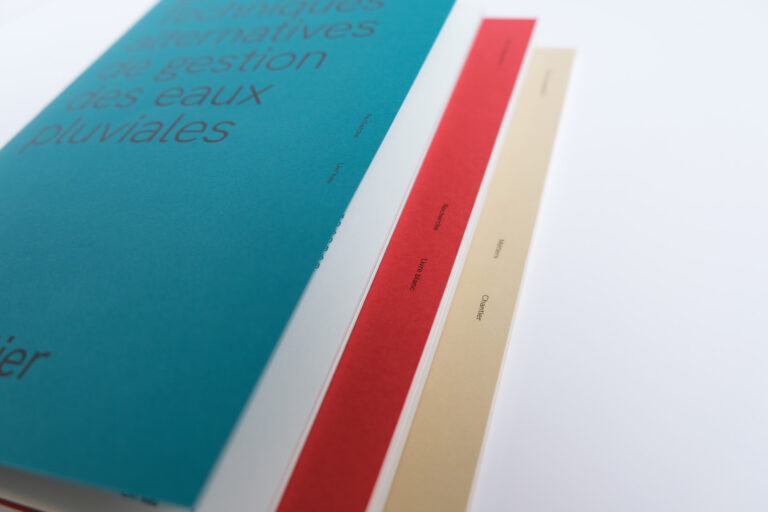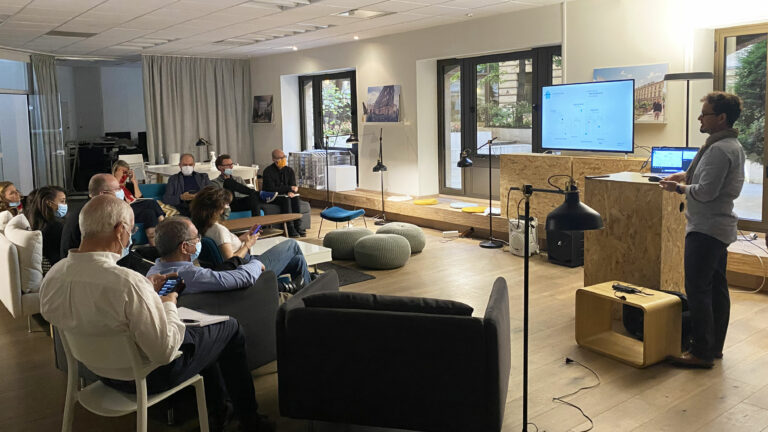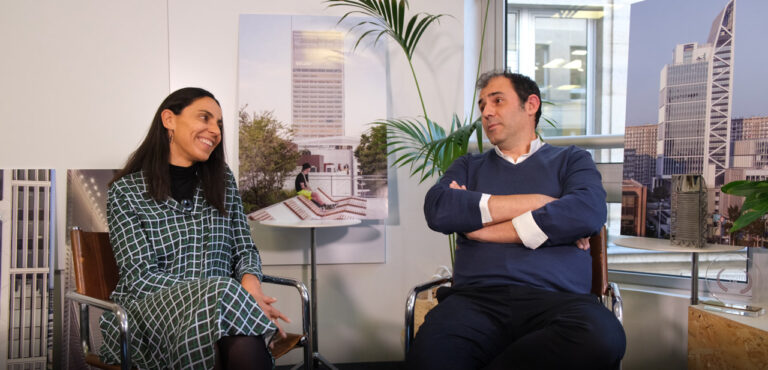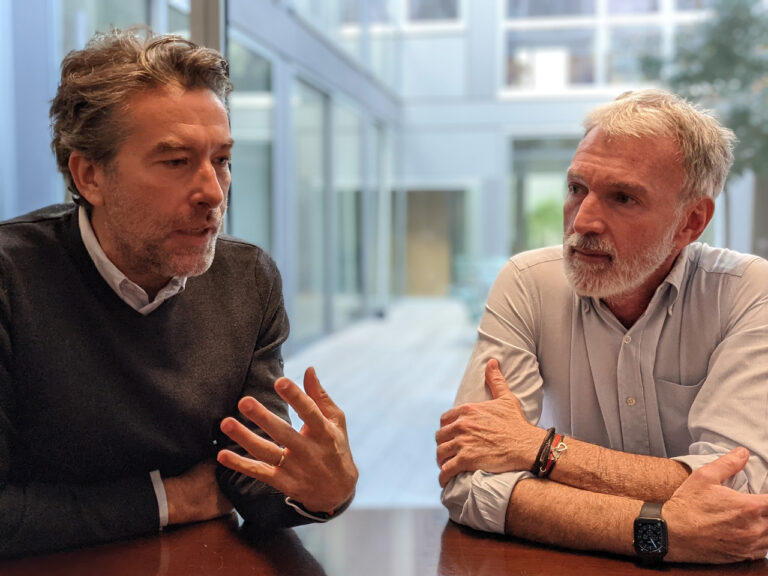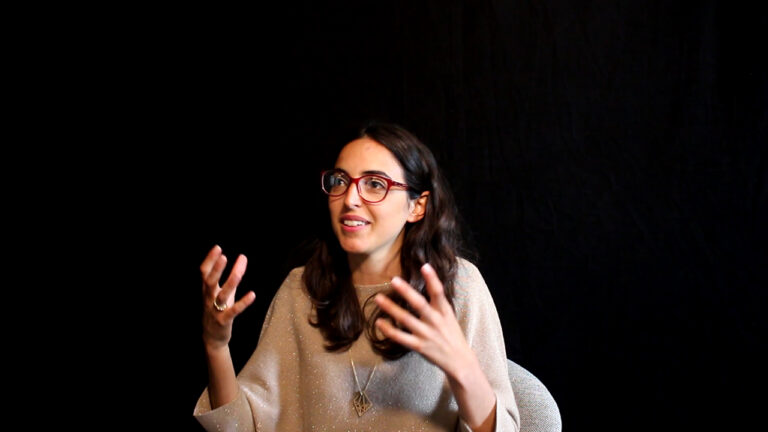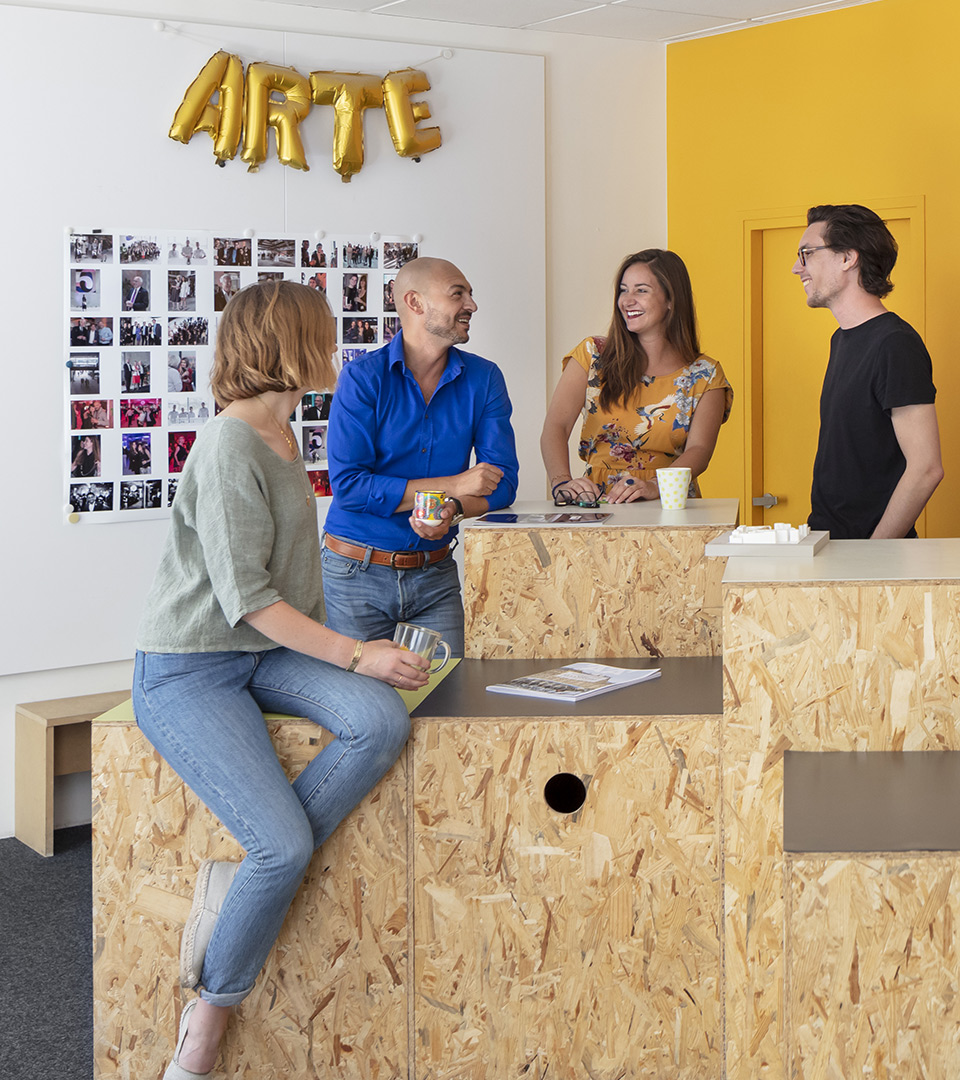
DPLG, DE, HMONP : a brief history of architecture diplomas in France
Since 1941, and up until 2007, the prerequisites for the exercise of the architectural profession after a 7-year course were the obtention of the title of DPLG architect (Diplômé Par Le Gouvernement), registration with the Order of Architects, and compliance with the professional insurance obligations established by the Law on Architecture of 3 January 1977. In particular, the ability to draw up an architectural project meeting a specification and requiring a building permit was mandatory.
By decree in June 2005, as part of the reform aimed at the harmonisation of European architecture studies (Bachelor-Masters-Doctorate cycle), the DPLG diploma was definitively replaced from 2007 by the Diplôme d’Etat (DE) which is completed in 5 years. Unlike its predecessor, it does not grant the title of architect: the holder of this diploma cannot take responsibility for the project management, that is, the responsibility for a construction project of more than 150 m² in his own name.
A complementary course is required: HMONP architecture training!
This authorisation to exercise the Maîtrise d’Oeuvre en son Nom Propre (project management in one’s own name), a status specific to French law, makes it possible to understand projects’ and agencies’ mechanisms of operational development. It also offers its holders the possibility to bear the title of architect by registering with the Order, and to exercise project management within the framework provided by the 1977 Act (including its 10-year and biennial insurance obligations).
It is therefore an obligatory step in order to open one’s own architectural firm and offer one’s services as a freelance individual! But there is currently a decline in this type of exercise: in 2019, there were 43% freelancers versus 64% in 2000, and the trend is in favour of “growth in the corporate exercise. This is certainly a generational trend since this choice of a more collective mode of exercise is foremost visible amongst young architects”. Source: CNOA – Archigrahie 2020
The company Arte Charpentier, created in 1992 and refounded by a collective of partners from 2004, offers a favourable framework to implement the achievements of the HMONP architecture training.
Arte Charpentier : a family of HMONP architects
Arte Charpentier’s multidisciplinary fields of activity (from projects on every scale in architecture, interior architecture, landscaping and urban planning, in France and internationally, by way of studies, feasibility and sketches, to execution work) offer a comprehensive approach to the profession and various pathways for young DE-HMONP architecture graduates, potentially allowing for gradually increased responsibility, supervised by experienced and caring professionals.
Currently, more than a third of all architects follow this training (all diplomas and positions combined). Since the late 2000s, Arte Charpentier has accompanied dozens of young DE graduates in their HMONP projects, after a period of integration and collaboration to confirm the compatibility of the reciprocal motivations.
The organisation of the company (certified ISO 9001 and 14001) desired by the managing partners, open to the collective, promotes transversality within the operational or research teams, accompanied by the support functions. It facilitates exchanges between young professionals and more experienced experts, and has developed numerous physical and digital tools that encourage feedback and the sharing of information and knowledge – a very powerful intranet, an internal social network, a historical data bank about the agency’s 50 years of projects, virtual and interactive libraries of materials and providers, etc.
Everyone is free to draw from it according to their needs, and each contributes to the improvement of the whole. Arte Charpentier offers a real freedom to take action, available to everyone, and encouraged by the agency.
-
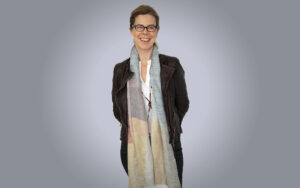
Stéphanie de Kervenoaël-Siac Associate Architect, Director of Human Resources
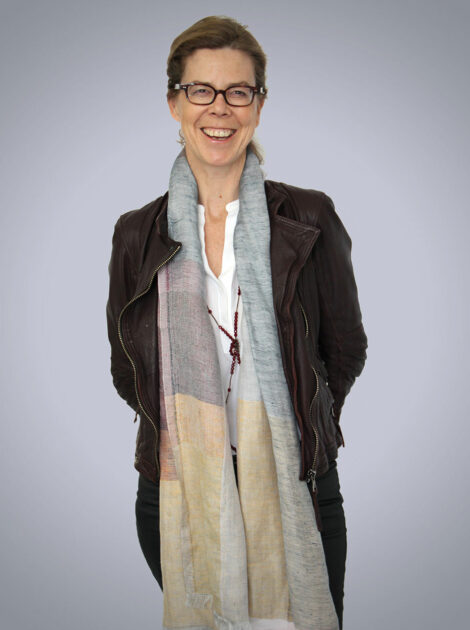
Deputy Principal
EDUCATION
Masters in Urban Management – École supérieure des sciences économiques et commerciales (1996)
Architect DPLG – Paris-Villemin School of Architecture (1991)
